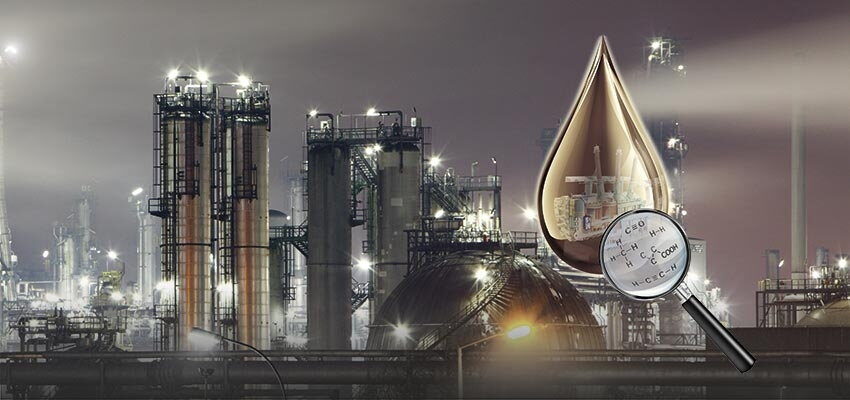
Column: Tap-changer know-how
Tap-changer DGA: Uncovering an enigma Part 1: The field of DGA General Gases dissolved in insulating liquids are generated by thermal deterioration of the...
byRainer FROTSCHER

Tap-changer DGA: Uncovering an enigma
Part 1: The field of DGA
- General
Gases dissolved in insulating liquids are generated by thermal deterioration of the insulating liquid or they are introduced by contact with a gaseous environment (air, for example). Gases can also be formed by normal ageing processes of the liquid or catalytic interactions with metals or paints. The analysis of these dissolved gases is called DGA. Electrical equipment suitable for DGA are power transformers, industrial and special transformers, instrument transformers, bushings, cables and switching equipment. DGA for transformers has been established more than 40 years ago and since then was continuously refined according to the proceeding technical development of liquid-filled transformers. IEC60599 [1] and IEEE C57.104 [2] give advice on how to apply DGA on transformers. While IEC60599 covers all electrical equipment listed above, IEEE provides separate documents for different equipment. For DGA on tap-changers, IEEE C57.139 [3] is applicable.
DGA for on-load tap-changers (OLTCs) is much more complex than DGA for transformers and still not comprehensively used. The reasons why tap-changer DGA didn’t mature to a standard diagnostic method so far are: a) there are many different OLTC types and models on the market which all perform differently; and b) the majority of OLTCs uses conventional arc-breaking-in-oil technology, which requires an exchange of the tap-changer oil in regular time intervals, precluding a long-term surveillance of the OLTC function. Nevertheless, tap-changer DGA has been successfully applied to certain tap-changer models mainly installed in the U.S.
The growing percentage of OLTCs with vacuum switching technology and deeper insights by further investigations let OLTC DGA slowly appear in a different, more promising light. A lot of work has been done by Michel Duval and others to collect and evaluate numerous DGAs of faulty and non-faulty tap-changers. I had long discussions with James (“Jim”) Dukarm, Dave Hanson and Claude Beauchemin on the formation of gases in carbonized oil and how to interpret certain gas patterns and ratios. Even if the work on tap-changer DGA is still far from completion, there is now enough “food” to give some assistance and advice for users who aim to establish DGA as a diagnostic method for their tap-changers immersed in mineral oil. For DGA on the tap-changers working in alternative liquids like synthetic or natural esters, there is still insufficient operational experience to derive handy interpretation rules. In this column, the latest findings and most promising interpretation methods for DGA on tap-changers in mineral oil will be discussed. This will keep us busy for the next three or four issues of Transformers Magazine.
I always regard it as helpful to understand what is “behind” any technology or method, shedding some light on the origins. This gives valuable knowledge to gain expertise for interpreting DGA results correctly. No worries, I don’t plan to roll up the whole DGA history, but some “basics” will give us the necessary background.







